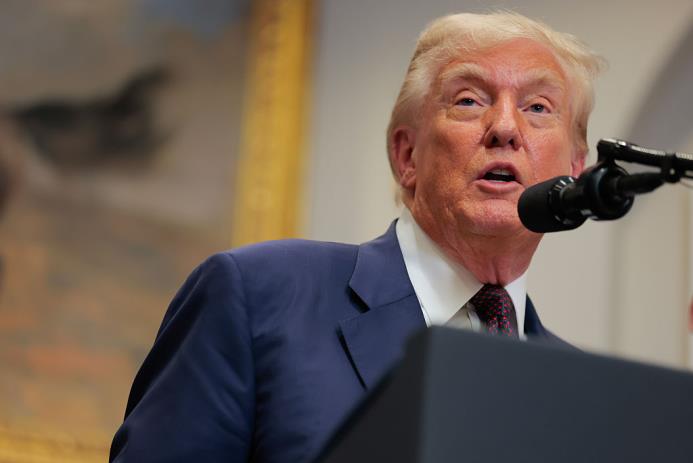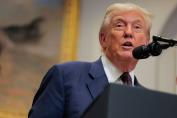
How Big Tech is Funding Trump's New White House Ballroom
- 24 October, 2025
The buzz around Washington, D.C. isn't just about politics this week—it's about construction. A remarkable transformation is underway at the White House grounds with the demolition of the East Wing to make way for a grand ballroom. This ambitious project is set to be a 90,000-square-foot opulent space capable of hosting up to 1,000 guests.
Why Isn't Taxpayer Money Involved?
You might expect taxpayers to foot the bill for such a significant construction. However, this $250 million initiative is bypassing public funding altogether. Instead, President Donald Trump's administration is tapping into private donations, signaling an intriguing intersection of politics and economics.
Who Are the Major Contributors?
The list of donors reads like a who's who of the tech world. Companies such as Amazon, Apple, Google, Meta, and Microsoft headline the contributor list. Not to be left out, T-Mobile, Comcast, and even defense giants like Palantir and Lockheed Martin have put their names forward. Surprisingly, the fledgling crypto sector is also part of the picture, with contributions from the Winklevoss twins, Coinbase, Ripple, and Tether America.
The Role of Settlements
One contribution, in particular, has caught attention: Google allocated at least $20 million as part of a recent lawsuit settlement. This settlement is linked to a controversy involving the suspension of Trump's YouTube account, a saga that started after the January 6, 2021, events. This intertwining of legal resolutions and donations adds a new layer to understanding these corporate relationships.
What’s Changed in Silicon Valley’s Stance?
Silicon Valley's dynamic relationship with Trump has evolved. Back in 2016, many tech companies were openly resistant or wary of Trump's initial presidential run. Fast forward to his second administration, there’s a noticeable shift. Companies that once kept a distance are now contributing handsomely to his undertakings. Meta, for instance, went from no donations during Trump's first inauguration to a $1 million contribution for his second.
This change could partly be attributed to the current administration's more lenient approach to antitrust laws compared to the rigorous enforcement seen under President Joe Biden's administration. Trump appears to have adopted a pro-business stance that appeals to many in the tech sector, particularly for AI development under Trump.
The AI Boom Under Trump
Trump's policies have taken a sharp turn towards promoting AI development. His administration's plan actively supports loosening regulations and easing paths for constructing data centers. These moves are likely music to the ears of tech giants investing heavily in AI. By promoting a less restrictive environment, Trump is reinforcing his ties with industry leaders who stand to benefit financially from AI advancements.
Conclusion
The White House ballroom project is more than just a building endeavor; it represents the changing tides of political affiliations and financial strategies in America's tech ecosystem. The mix of tech companies and contributors from other mighty industries suggests a future where collaboration across sectors could play an increasingly pivotal role in shaping public and economic policy.
In my experience, keeping an eye on these developments could offer valuable insights into future trends, both politically and economically. It’s a dynamic dance of cooperation and competition as both politics and industry navigate this new era.
Learn more in our guide to AI development under Trump.











